22. August, 2025delish0
Improving the cutting quality of lithium battery separators is a core goal of optimize the parameters of thin film slitting machines, as the cutting quality directly affects the safety, consistency, and performance of the battery.
Poor cut quality (e.g., burrs, powder shedding, crimps, creases) can cause:
• Internal Short Circuit: Metal burrs or diaphragm dust pierce the diaphragm, causing thermal runaway.
• High Self-Discharge Rate: Micro-short circuits cause rapid battery capacity decay.
• Assembly difficulties: Curled, wrinkled separators affect cell winding or lamination.
Below I will elaborate on how to improve cutting quality through parameter optimization from three aspects: core parameters, optimization strategies, and systematic methods.
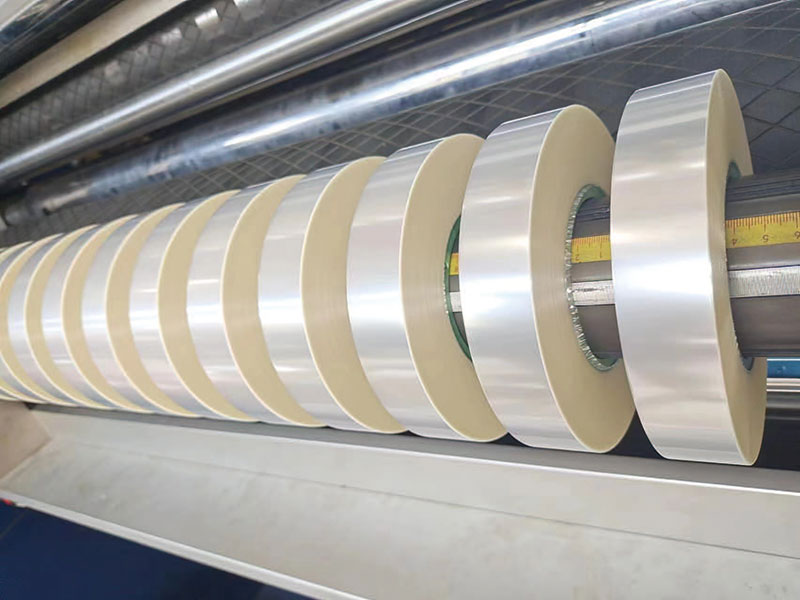
1. Core parameters and their impact on cutting quality
The slitting process is essentially a "stretch-shear" process, where parameter optimization is to allow the material to be cleanly separated with minimal damage.
1. Tension control
This is the most important and core parameter, which runs through the whole process of winding, slitting and winding.
• Unwinding tension: Excessive tension will cause tensile deformation of the material, affecting porosity; Too small will cause the material to slack and deviate.
• Slitting tension: Directly affects the tightness of the material at the moment of cutting. If the tension is too small, the material will shake, and the cutter will easily "pull" out the burrs; The tension is too large, the material is overstretched, and after cutting, it retracts to form a "curled edge" or even a "bow" deformation.
• Rewinding Tension: Affects the tightness and surface flatness of the master roll. excessive tension may press the burrs of the previous layer into the next layer, causing indentations or even punctures; If the tension is too small, the winding will be uneven, and the edge will collapse. Taper tension control is usually adopted, that is, the tension gradually decreases as the coil diameter increases, so as to ensure that the inner tightness and external looseness are ensured.
2. Tool system parameters
• Tool selection:
◦ Blade Material: Diamond-coated or ceramic-coated blades are preferred. They are extremely wear-resistant and maintain their sharpness for a long time, effectively reducing dust and burrs. Ordinary metal blades wear out quickly and require frequent replacement.
◦ Tool type: Commonly used are circular knife slitting and razor slitting.
▪ Circular knife slitting (shearing type): The upper and lower circular knives mesh, like scissors. The cut quality is the best and is suitable for thicker, harder diaphragms. The key is to adjust the depth of engagement and the amount of overlap.
▪ Razor slitting (scribing): The single-edged blade cuts on a hard bottom roller underneath the material. The application is more universal and the adjustment is more flexible. The key is the knife angle and depth of cut.
• Rake Angle:
◦ This is the angle of inclination of the blade relative to the vertical line. The Positive Rake Angle is the most commonly used and provides a "slicing cut" with low cutting resistance, less heat generation, and fewer burrs. The angle selection should be determined according to the diaphragm material and thickness experiment.
• Cut Depth:
◦ Refers to the depth at which the blade cuts into the bottom roller. The principle is "minimum effective cutting depth".
▪ Too shallow: Cutting continuously, resulting in drawing and long burrs.
▪ Too deep: the blade and the bottom roller friction intensifies, leading to:
◦ Accelerated tool wear and reduced life.
◦ Generates a lot of heat that can melt the diaphragm with heat, forming "hard burrs" or molten beads.
◦ Produces more dust.
◦ Ideally, just cut off the diaphragm and hear a crisp "rustling" sound instead of a dull rubbing sound.
3. Speed matching
• Slitting line speed: The higher the speed, the higher the requirements for the tension control system and tool sharpness. At high speeds, any slight jitter or instability will be amplified. It is recommended to gradually increase the speed while ensuring quality, and conduct DOE (experimental design) to find the optimal speed window for different materials.
• Tool speed ratio: For circular knife slitting, the rotation speed of the upper and lower knives needs to match the linear speed of the material to avoid wear and pulling caused by relative sliding.
4. Other auxiliary parameters
• Guiding System (EPC): Ensures that the material is always running on the correct path, preventing uneven trimming or unilateral burrs caused by misalignment.
• Environmental control: The diaphragm is sensitive to static electricity. Install ion fans to eliminate static electricity and prevent the diaphragm from absorbing dust or sticking to each other. Temperature and humidity are controlled to prevent moisture or static electricity generation of materials.
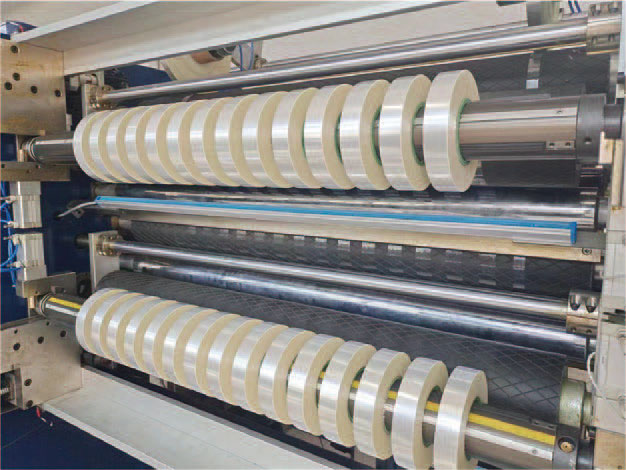
2. Parameter optimization strategies and steps
This is a systematic debugging process that cannot be adjusted in isolation.
1. Setup
◦ Sharp Knife: Ensuring all blades are brand new or re-sharpened is a prerequisite for optimization.
◦ Clean the machine: Thoroughly clean the guide rollers, tool holders, bottom rollers, any dust will affect the quality.
◦ Precise tool alignment: Make sure all blades are in a straight line and parallel to the bottom roller.
2. Initial parameter setting
◦ Set a conservative set of initial parameters (lower speed, medium tension, small tool angle) based on the diaphragm material (PP/PE/ceramic coating), thickness and width, with reference to the recommended values of equipment manufacturers and material suppliers.
3. Tension Optimization (Core Steps)
◦ Adjust the tension first, then the tool!
◦ Fine-tune the tension at all levels starting from unwinding to ensure that the material is smooth, taut but not visible stretch at the slitting point. Touch the material lightly with your hand and feel its tightness.
◦ Observe the tangent: If there is a regular wavy crimp, it is usually too much tension; If the cut edges are loose and filamentous, the tension is usually too small.
4. Tool parameter optimization
◦ Fix the tension and start adjusting the tool.
◦ Depth adjustment: Start with the shallowest and deepen until you can cut the material continuously and cleanly. Then add another 2-5 μm as a margin of safety. Remember not to go too deep.
◦ Angle adjustment: Generally try between 30°-45°. Observe the state of chips (dust), ideally producing fine powder rather than flakes or filaments.
5. Speed boost and fine-tuning
◦ After finding a set of parameters that will consistently produce a good product, gradually increase the slitting speed.
◦ With each speed increase, the tension and tool angle may need to be fine-tuned to compensate for the vibration and inertia effects of high speed.
6. Winding optimization
◦ Set the appropriate initial tension and taper to observe the winding effect. Using a pressure roller can help remove air and reduce stringing and wrinkling.
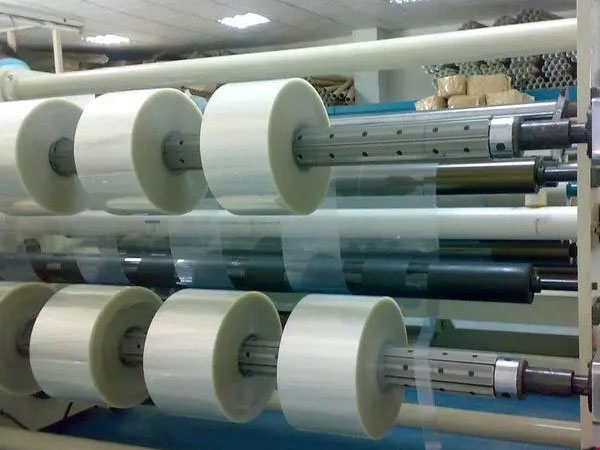
3. Systematic quality assurance methods
• DOE (Design of Experiments): Don't try one by one based on experience. The DOE method can be used to efficiently find the optimal combination of parameters by considering the interaction of tension, speed, depth of cut and other factors.
• Establish a parameter library: record and archive the optimal slitting parameters of separators of different materials and specifications (thickness, width) to form a standard operating instruction (SOP), which greatly reduces the time for changeover and debugging.
• Process monitoring and inspection:
◦ Online inspection: Use a line scan camera to monitor the quality of the trim in real time and detect issues such as burrs and crimps in a timely manner.
◦ Offline Detection:
▪ Microscopy: Regular sampling is taken to observe the trimming morphology under a high-power microscope (100X-200X) to assess burr size and morphology.
▪ Dust Measurement: The amount of dust generated by the cut is collected and weighed using the tape application method or solvent flush method.
▪ Surface inspection: Check the winding surface for any defects such as bulges, indentations, scratches, etc.
summary
Improving the cutting quality of lithium battery separators is a systematic project involving mechanical, material, control and other aspects. The key to optimization is:
1. Understand the Principles: Gain a deep understanding of the physical process of "stretching-shearing."
2. Grasp the Core: Tension control is the soul, and tool state is the foundation.
3. Follow the process: Adhere to the scientific debugging process of "adjusting the tension first, then adjusting the tool, and finally speeding up".
4. Scientific Method: With tools like DOE and online testing, move from empiricism to data-driven.
5. Full participation: Operators, process engineers, and equipment maintenance personnel need to work closely together to analyze and solve problems.
Through the above systematic parameter optimization, the cutting quality of the separator can be significantly improved, laying a solid foundation for the production of high-performance and high-safety lithium batteries.



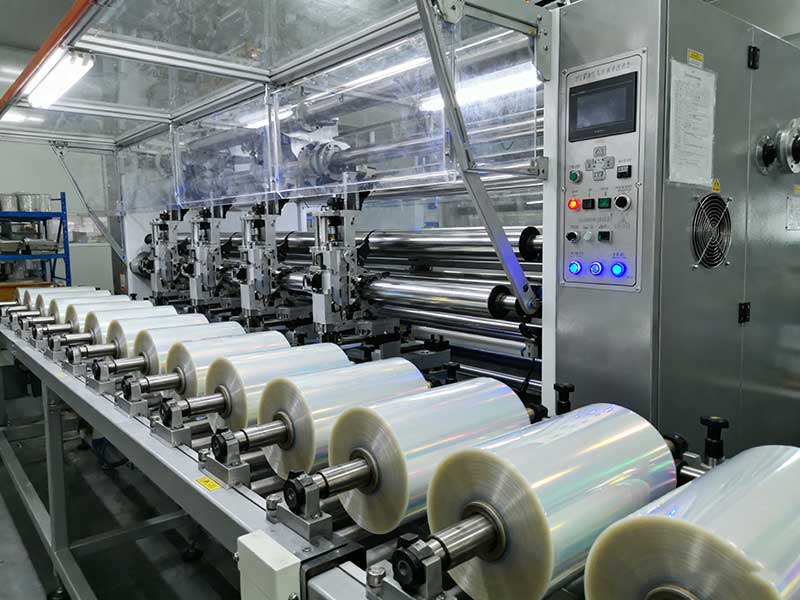
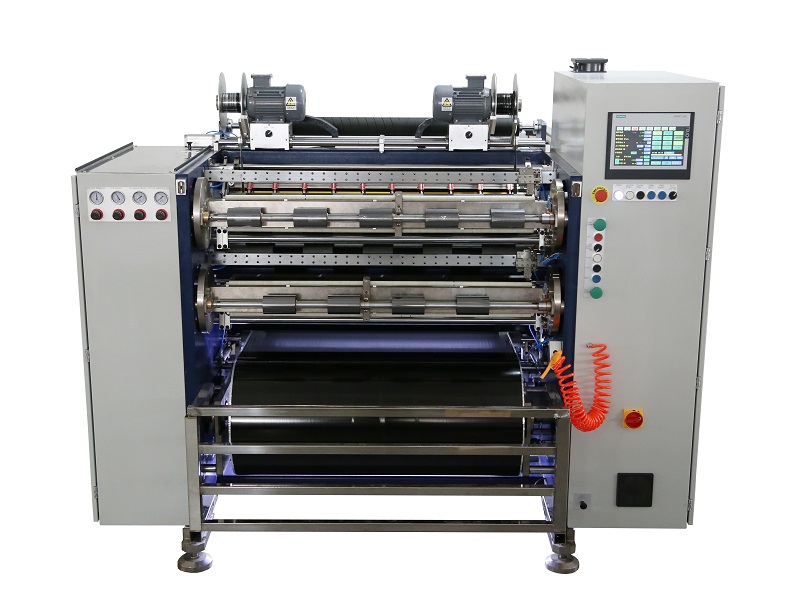 Fully Automatic TTR Slitter RSDS8 Plus
Fully Automatic TTR Slitter RSDS8 Plus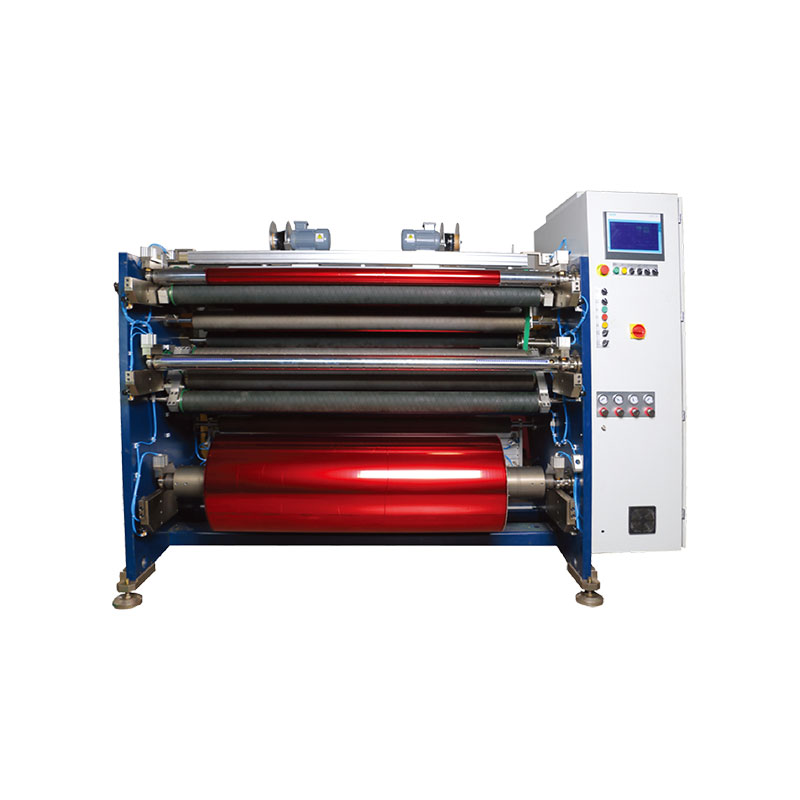 Hot Stamping Foil Slitter 1600mm
Hot Stamping Foil Slitter 1600mm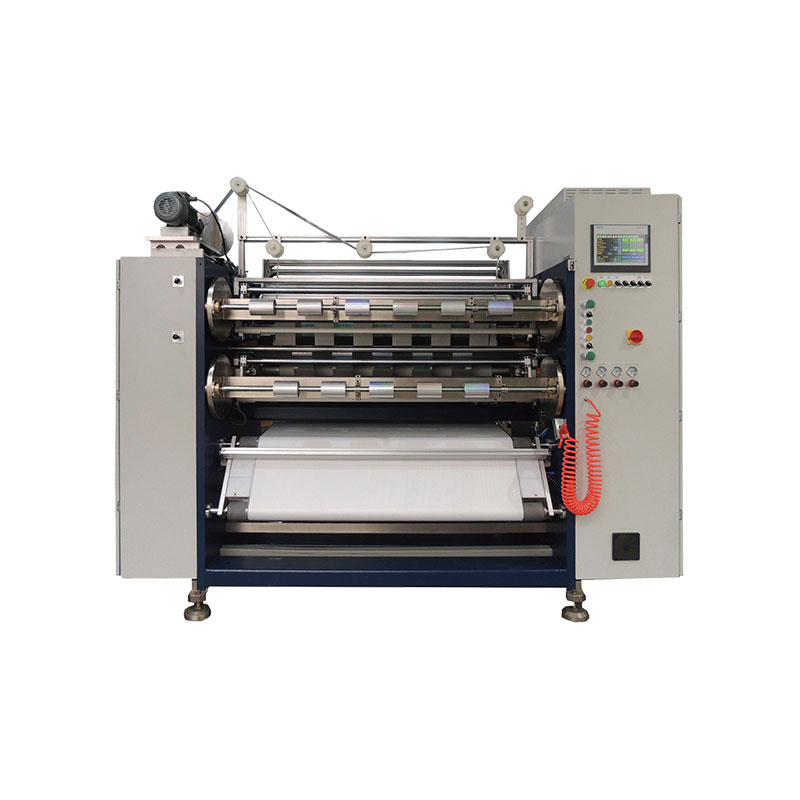 Hot Stamping Foil Slitter (4 Shafts)
Hot Stamping Foil Slitter (4 Shafts)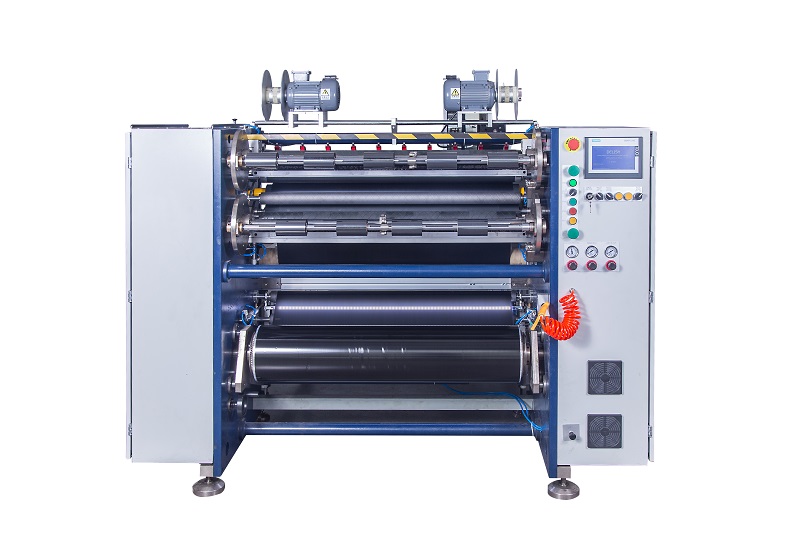 Semi-Auto TTR Slitter RSDS2 Plus
Semi-Auto TTR Slitter RSDS2 Plus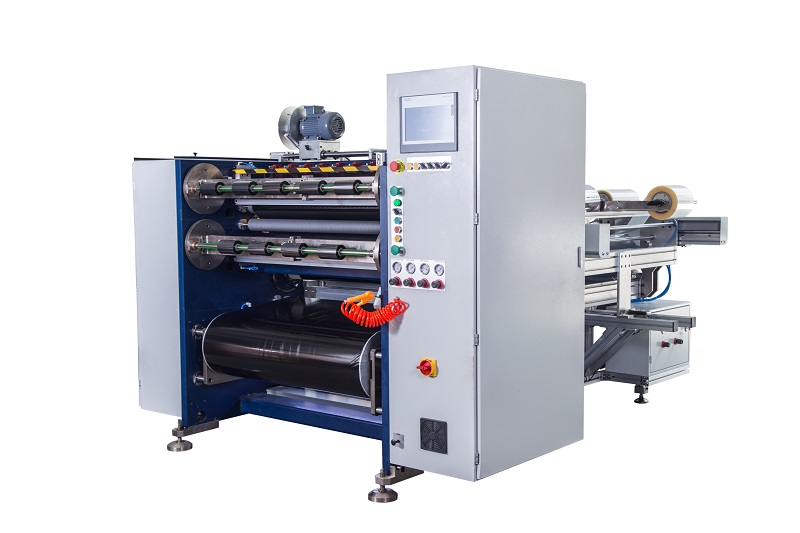 Semi Automatic TTR Slitter RSDS5 Plus
Semi Automatic TTR Slitter RSDS5 Plus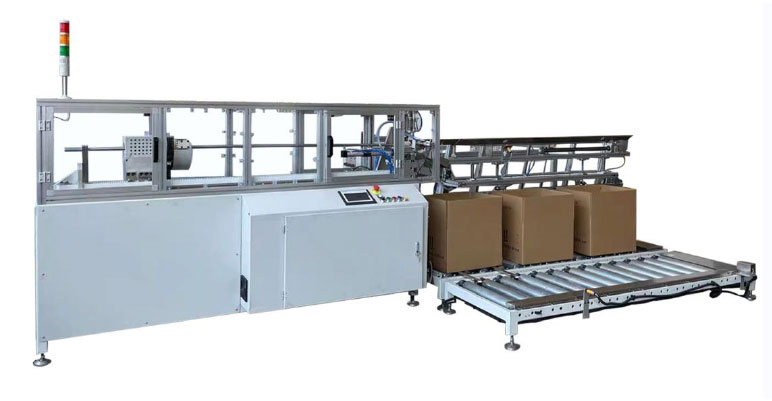 Auto Paper Core Cutter
Auto Paper Core Cutter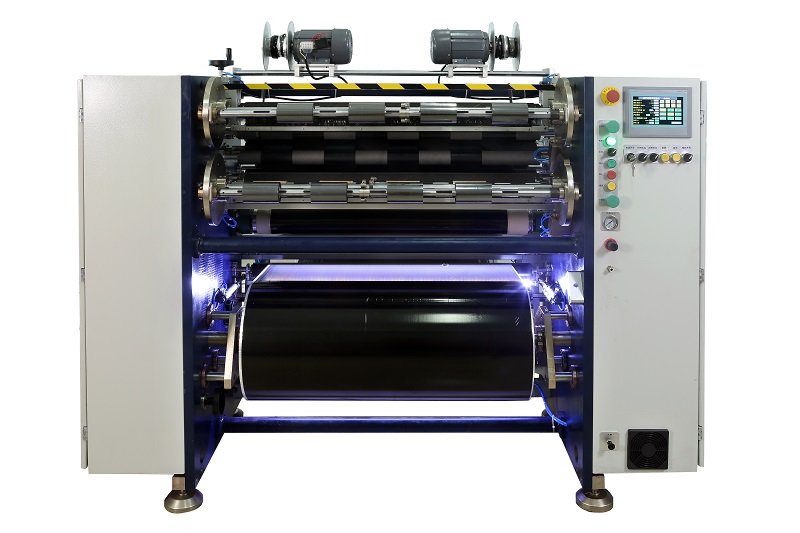 Manual TTR Slitter RSDS2
Manual TTR Slitter RSDS2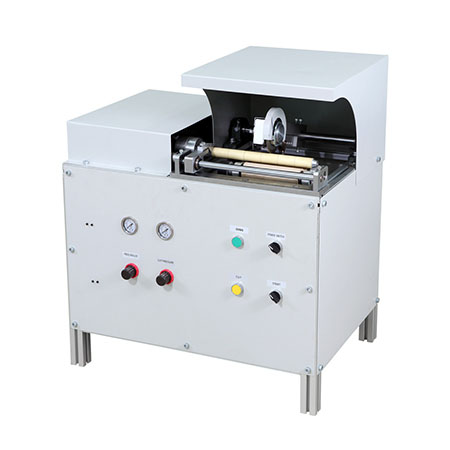 Manual Paper Core Cutter
Manual Paper Core Cutter





